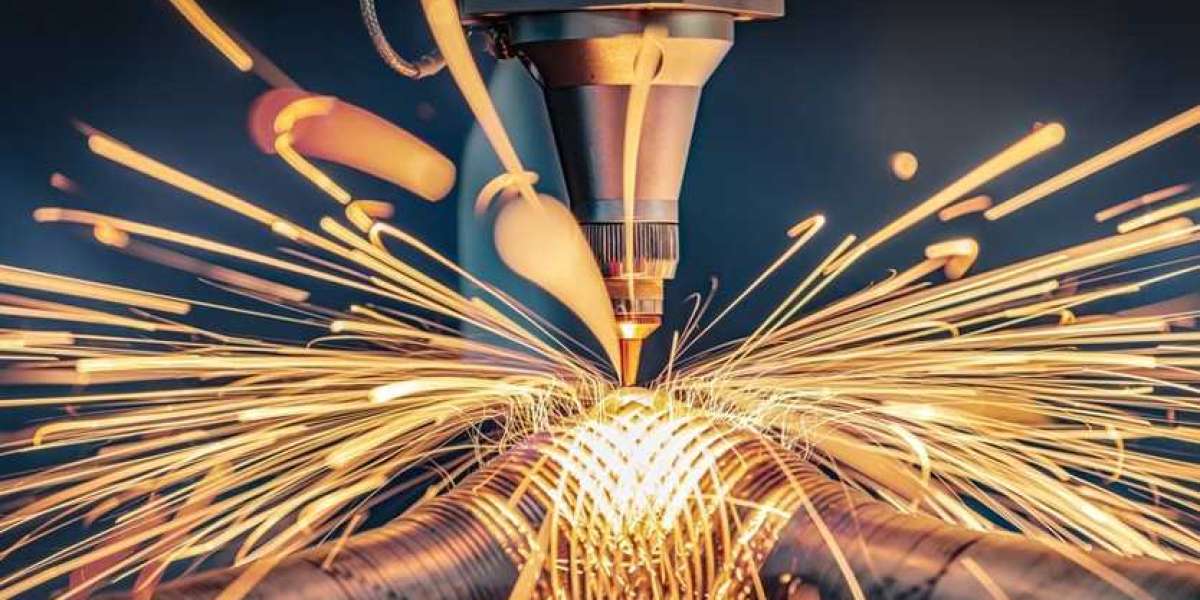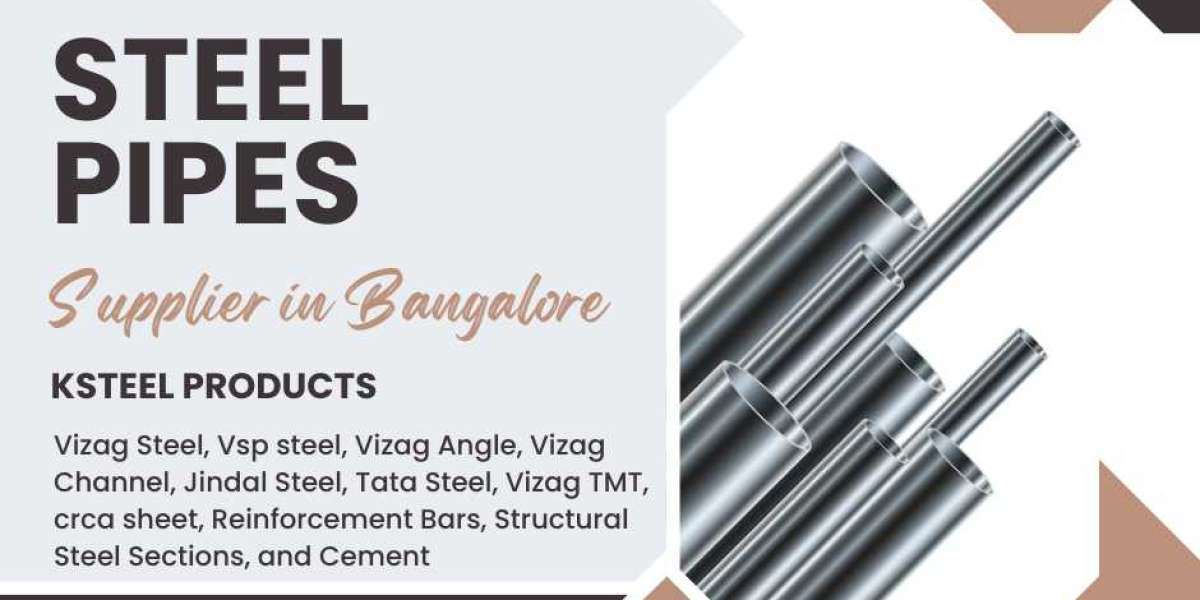Introduction
CNC (Computer Numerical Control) machines have revolutionized the manufacturing industry, enabling precise and automated control of machinery. These machines are used in a variety of sectors, from aerospace to automotive, metalworking, and electronics, where accuracy and speed are paramount. However, CNC machines, like any advanced piece of equipment, require regular service and maintenance to ensure they perform at their best. CNC machine service encompasses a variety of tasks, including preventive maintenance, repairs, and adjustments that can improve machine lifespan, reduce downtime, and ensure optimal performance. This article explores the importance of CNC machine service, its various types, and best practices for keeping your machines running smoothly.
What is CNC Machine Service?
CNC machine service refers to the comprehensive upkeep of CNC machinery to ensure that it operates efficiently and accurately. This service includes scheduled preventive maintenance, as well as corrective repairs when issues arise. Regular service and maintenance are necessary for maintaining optimal machine performance, preventing costly breakdowns, and prolonging the lifespan of the equipment.
CNC machines are integral to producing high-quality components at scale, so any downtime or malfunctions can have significant consequences for production timelines and costs. Proper service ensures that the machine’s mechanical, electrical, and software components function smoothly and that the machine continues to produce parts with the required precision.
The Importance of CNC Machine Service
1. Extending the Lifespan of Machines
CNC machines are costly investments, and their longevity depends heavily on how well they are maintained. Regular service helps identify wear and tear early, enabling businesses to replace parts before they fail. This proactive approach ensures that machines remain operational for many years, minimizing the need for expensive replacements.
2. Reducing Downtime
Downtime due to machine failure can result in delayed production, missed deadlines, and significant financial losses. Regular CNC machine service can reduce the risk of unexpected failures by detecting potential issues before they cause significant damage. By implementing a routine service schedule, businesses can minimize unplanned downtime and maintain a smooth production flow.
3. Maintaining Precision
CNC machines are designed to operate with extreme precision, which is critical in industries that require tight tolerances and high-quality parts. Over time, components such as ball screws, bearings, and guides may wear out, leading to inaccuracies in machining. Regular maintenance and calibration ensure that the machine continues to produce parts that meet required specifications.
4. Improving Safety
CNC machines have many moving parts, and improper maintenance can lead to safety hazards. For example, worn-out components could cause mechanical failures, posing a risk to operators. Routine service includes checking for any potential safety issues and making the necessary repairs to keep the work environment safe.
5. Optimizing Energy Efficiency
A well-maintained CNC machine runs more efficiently, using less energy and reducing overall operating costs. Regular servicing ensures that the machine’s electrical components and motors are functioning optimally, which can result in lower energy consumption. In turn, this can reduce operating expenses and improve the overall cost-efficiency of the business.
Types of CNC Machine Services
CNC machine services can be categorized into two main types: preventive maintenance and corrective maintenance. Both types of service are crucial for maintaining optimal machine performance.
1. Preventive Maintenance (PM)
Preventive maintenance is performed regularly to avoid unexpected breakdowns and ensure that the machine operates as intended. This type of service is proactive and aims to address potential problems before they affect the machine’s performance. Key preventive maintenance tasks include:
- Lubrication: Proper lubrication of the machine’s moving parts, such as spindles, ball screws, and linear guides, reduces friction and prevents wear.
- Cleaning: Keeping the machine clean by removing metal shavings, dust, and debris prevents buildup, which can lead to mechanical failures.
- Calibration: Ensuring that the machine’s components are properly aligned and calibrated guarantees that the machine maintains its precision during operation.
- Inspection: Regular inspections of critical parts such as motors, bearings, and electrical components help identify any signs of damage or wear.
- Software Updates: CNC machines rely on software to function correctly. Regular updates and patches ensure that the machine’s control software operates smoothly and remains free of bugs.
By implementing a preventive maintenance schedule, companies can identify and address minor issues before they escalate into major problems, preventing costly downtime and repairs.
2. Corrective Maintenance (CM)
Corrective maintenance refers to repairs made when a machine fails or experiences malfunctions. This type of service is reactive and is performed when an issue occurs that affects the machine’s operation. Some common corrective maintenance tasks include:
- Component Replacement: If a part such as a spindle, motor, or bearing fails, it needs to be replaced to restore the machine’s functionality.
- Troubleshooting Electrical Issues: If there are electrical problems such as short circuits or wiring failures, these must be identified and resolved to prevent further damage to the machine.
- Mechanical Repairs: Mechanical failures, such as worn-out gears, damaged ball screws, or misaligned axes, require professional repairs to get the machine back up and running.
- Software Troubleshooting: CNC machines are controlled by software, and any bugs or issues with the software need to be fixed to restore full functionality.
Corrective maintenance is often more costly and time-consuming than preventive maintenance because it typically involves unscheduled repairs that disrupt production. As such, it is always more efficient to focus on preventive measures to avoid having to rely heavily on corrective repairs.
Best Practices for CNC Machine Service
To ensure that CNC machines continue to perform at their best, manufacturers should implement the following best practices for maintenance:
1. Follow the Manufacturer’s Maintenance Schedule
Each CNC machine comes with specific maintenance guidelines outlined by the manufacturer. These guidelines include recommended maintenance intervals, lubricants, cleaning procedures, and parts that need regular inspection. Following these guidelines ensures that the machine receives the right care at the right time, helping to avoid unexpected failures and extend the machine’s lifespan.
2. Monitor Machine Performance Regularly
Many modern CNC machines come equipped with performance monitoring systems that track key metrics such as temperature, vibrations, and spindle speeds. By monitoring these parameters, operators can detect early warning signs of potential problems and take preventive action before the machine fails.
3. Train Operators and Technicians
It is essential to train CNC machine operators and maintenance technicians to perform routine maintenance tasks effectively. Operators should be knowledgeable about how to perform basic checks, such as cleaning, lubrication, and calibration, while technicians should be equipped to handle more complex repairs and troubleshooting.
4. Establish a Maintenance Log
Maintaining a log of all service activities performed on the machine, including inspections, repairs, and part replacements, can help track the machine’s maintenance history. This log allows manufacturers to identify recurring issues, plan future maintenance, and better understand the machine’s overall condition.
5. Stock Essential Spare Parts
Having a supply of commonly used spare parts, such as belts, bearings, seals, and filters, on hand can reduce the time required for repairs. This minimizes downtime when components need to be replaced and ensures that the machine can be quickly brought back into operation.
6. Work with Qualified Technicians
For complex repairs or troubleshooting, it’s important to work with qualified technicians who have experience with CNC machines. Professional technicians have the expertise to diagnose issues accurately and perform repairs quickly, ensuring the machine returns to service with minimal downtime.
Conclusion
CNC machine service is essential for ensuring that your machines continue to deliver high levels of performance, accuracy, and reliability. Regular preventive maintenance and timely corrective repairs help extend the lifespan of the machines, reduce downtime, and improve safety and productivity. By following best practices, such as adhering to manufacturer guidelines, monitoring machine performance, and training staff, manufacturers can keep their CNC machines running smoothly and avoid the disruptions and costs associated with unexpected failures. Investing in regular service is a long-term strategy that pays off in both the reliability and efficiency of CNC machinery.








